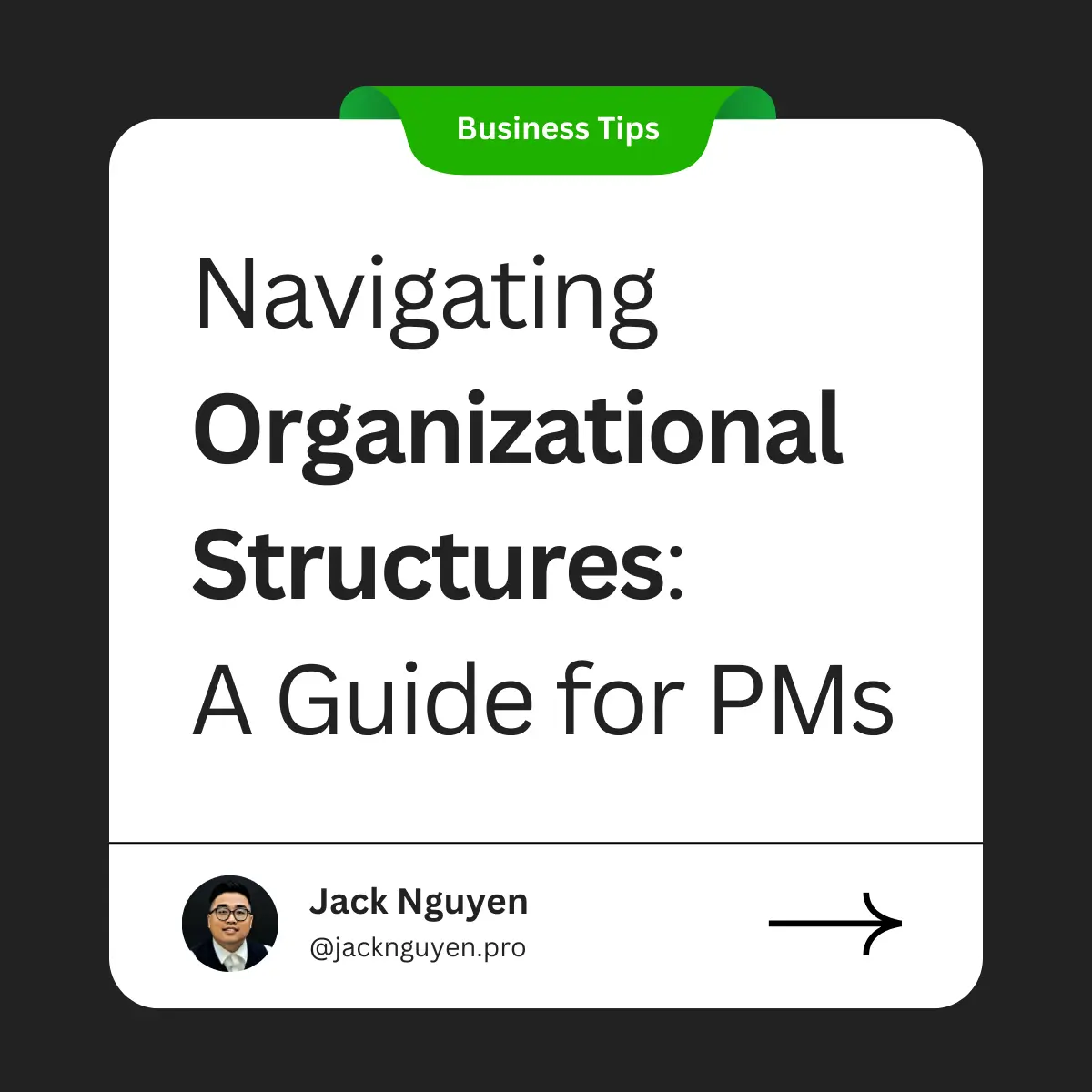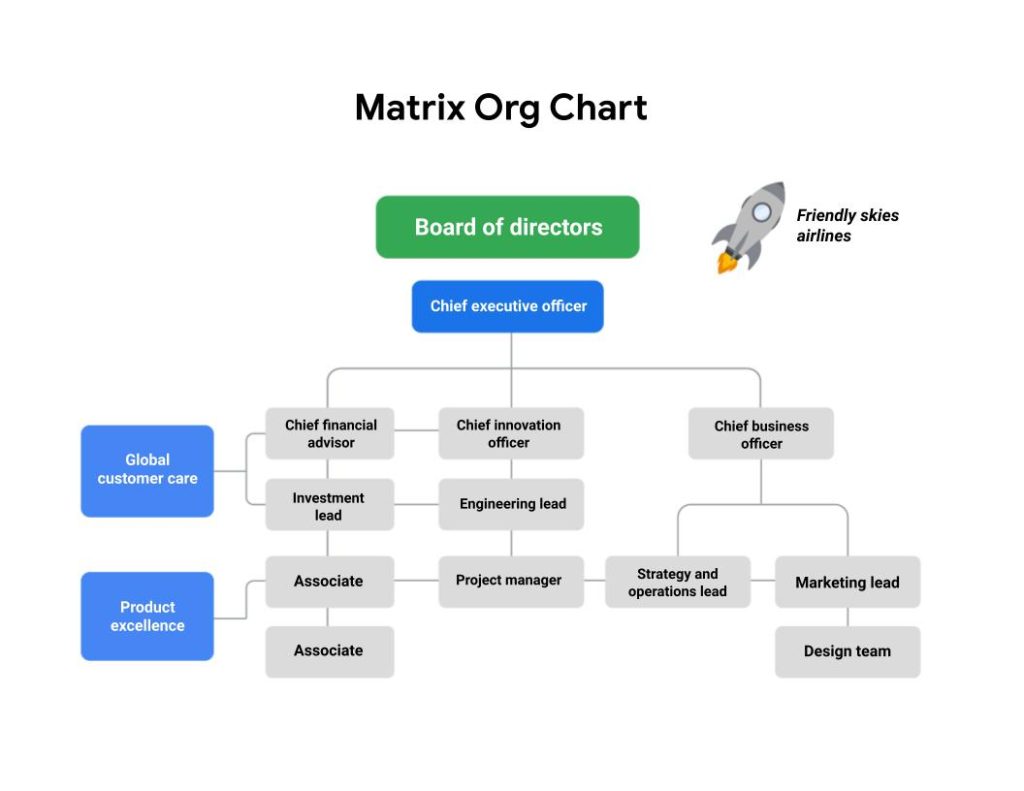

Table of Contents
In today’s dynamic business landscape, project managers play a crucial role in driving successful project outcomes. To excel in this role, it is essential to understand the organizational structure within which projects operate. In this comprehensive guide, we will explore the two primary organizational structures – Classic and Matrix – and delve into how project managers can navigate them effectively. Whether you are a seasoned project manager or aspiring to become one, mastering these skills will empower you to deliver exceptional results in any organizational environment.
Understanding Classic and Matrix Organizational Structures
The foundation of effective project management lies in comprehending the nuances of Classic and Matrix organizational structures. Let’s explore each structure in detail to gain a deeper understanding of their characteristics, communication channels, and authority dynamics.
Classic Organizational Structures
Classic organizational structures are characterized by a top-down hierarchy system. At the helm is the Chief Executive Officer (CEO), who wields direct authority over various department managers. In turn, department managers exercise authority over their respective sections of employees. This hierarchical model necessitates efficient communication both upwards and downwards.
In Classic organizations, departments are typically categorized based on their functions, hence the term “functional organizations.” Each department is led by a functional manager, and employees are grouped according to their specific roles. For example, within Friendly Skies Airlines, the airline company, departments are logically arranged to fulfill various functions such as Marketing, Human Resources, and Strategy. During day-to-day operations, employees typically specialize within their respective areas and seldom work across different departments.

Managing a project in a Classic organization requires the project manager to collaborate closely with functional managers. By consulting with them, project managers can gain insights into available resources, the capacity of each team member, as well as the internal processes and approval structures of each function. While project managers may encounter limited authority due to competing priorities and complex approval chains, setting clear expectations from the outset enables them to navigate the organization successfully and execute projects effectively.
Matrix Organizational Structures
Matrix organizational structures differ from Classic structures in that employees have multiple managers, often from different departments. In a Matrix structure, there is a convergence of functional areas, leading to increased cross-departmental interactions. The authority of each manager within their respective areas depends on the nature of the work being performed.

As a project manager in a Matrix organization, your team will operate under at least two chains of command. The project manager assumes a temporary management role within the team, while the functional manager remains consistent across projects. This dual reporting structure allows project managers to collaborate with counterparts in adjacent departments, leveraging their expertise to enhance project outcomes.
Managing a project in a Matrix organization requires strong communication and coordination skills. Project managers must effectively liaise with functional managers, ensuring a clear understanding of project resources, team capacities, and approval processes. By fostering collaborative relationships with functional managers and leveraging their expertise, project managers can navigate the Matrix structure to drive project success.
Key takeaway - Boosting Project Success in Any Organizational Structure
In conclusion, understanding and navigating organizational structures are vital skills for project managers. By grasping the intricacies of Classic and Matrix organizational structures, project managers can proactively address challenges, maximize communication channels, and utilize available resources efficiently.
Remember, as a project manager, it is essential to clearly define roles and responsibilities within the project framework. By doing so, you create a solid foundation for successful project execution. Whether you find yourself in a Classic or Matrix organizational structure, effective project management entails establishing clear expectations, fostering collaboration, and leveraging the expertise of functional managers.
Topics
Don’t forget to share this post!
Jack Nguyen
The Tech-Savvy Solopreneur
Leave a Replay
Search
About Me
Jack Nguyen is a highly experienced business coach with a proven track record of helping entrepreneurs and small business owners achieve their goals.
Recent Posts
Follow Us
Weekly Tutorial
Play Video
Copyright © 2023. All rights reserved.



